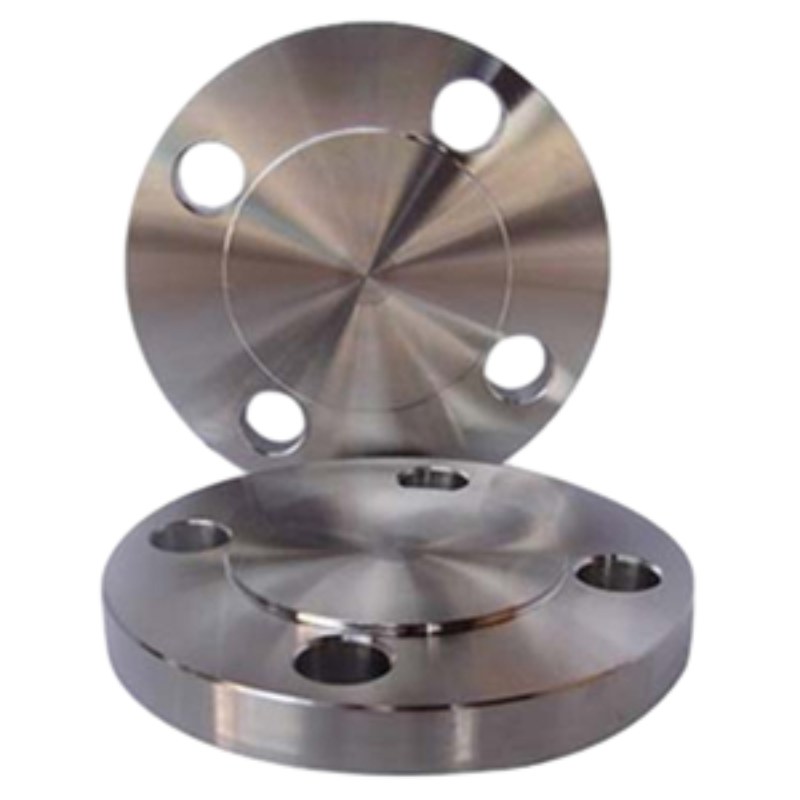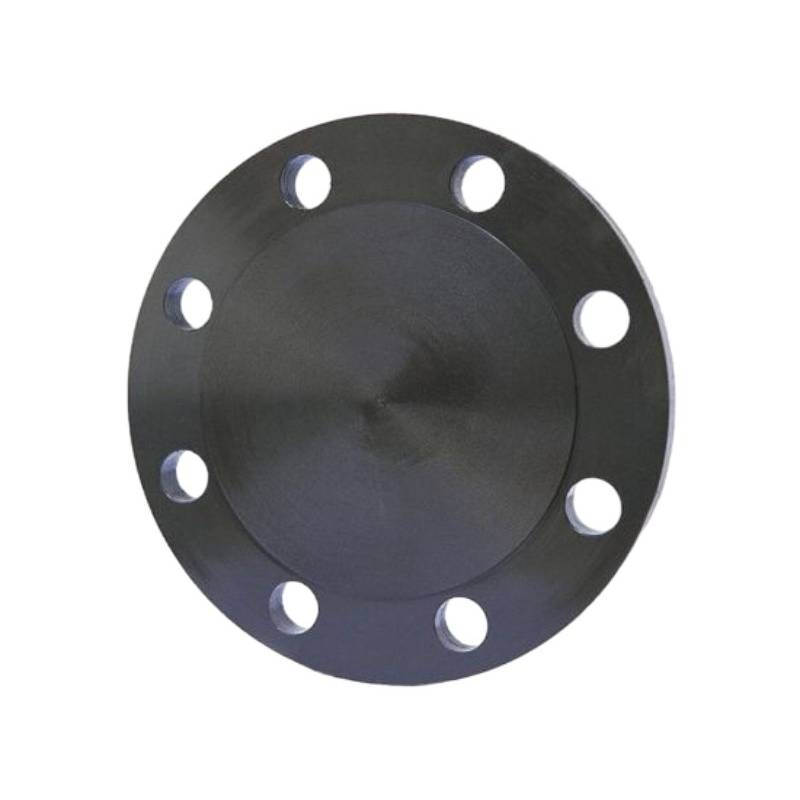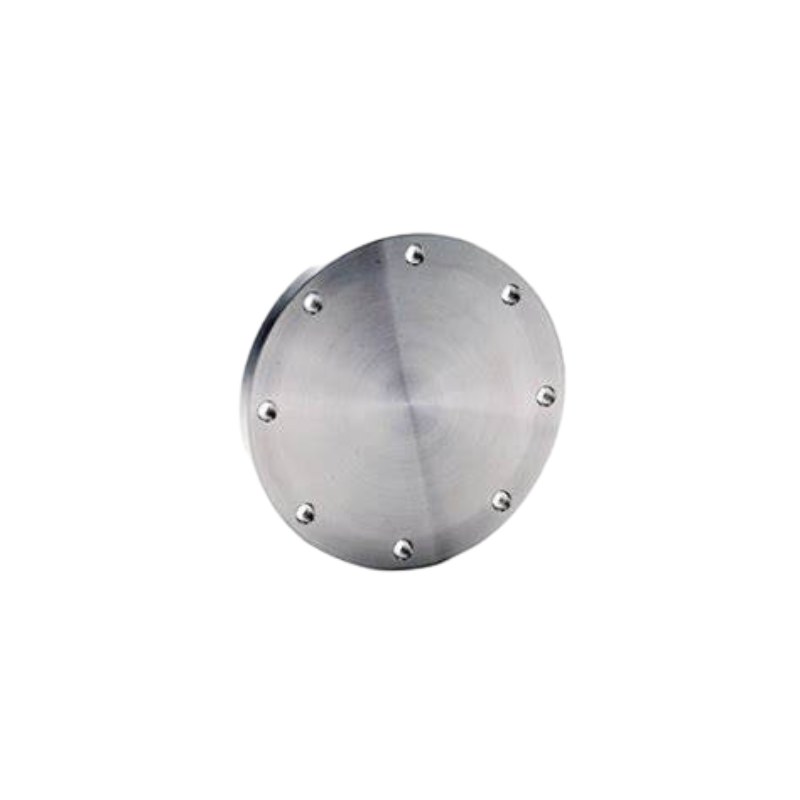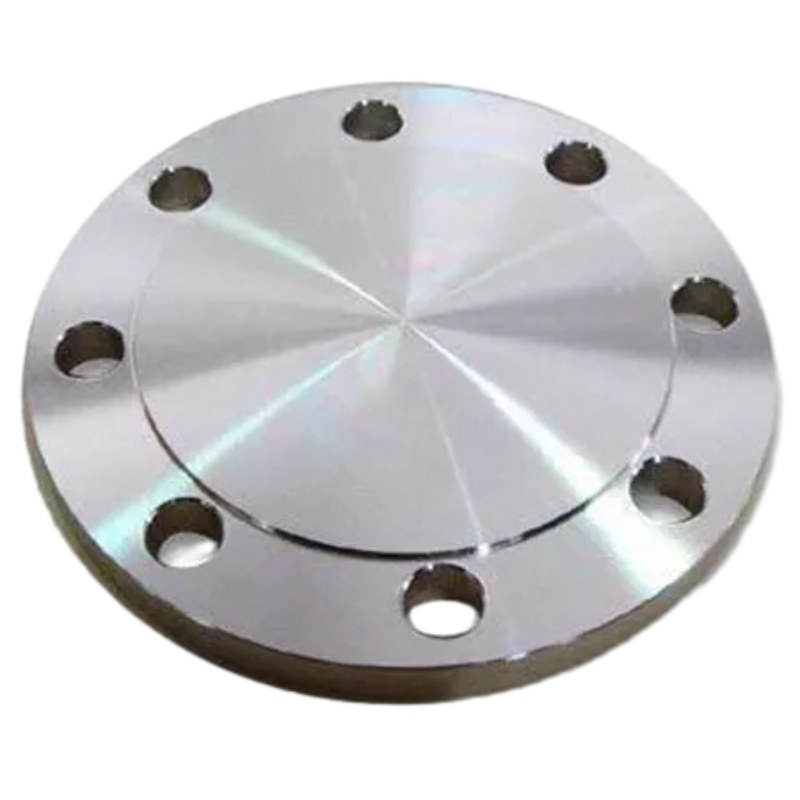-
Hoahoa pakari: Ko te GOST 12836-67 Blind Flange e whakaatu ana i tetahi pereti papatahi, porohita me nga kohao raka mokowhiti huri noa i te paenga. Ma tenei hoahoa ka ngawari ki te tirohanga me te piri ki te taha o te kahui, e whakarato ana i te otinga katinga pakari me te pumau mo nga punaha paipa.
-
Hiritanga Haumaru: Ina whakauruhia ki te pito o te paipa, ka hangaia e te mata papatahi o GOST 12836-67 Blind Flange he hiri piri, hei aukati i te rerenga wai me te pupuri i te pono o te punaha paipa. Ko tenei kaha hiri haumaru e whakarite ana i te mahi tino pai me te haumaru, ahakoa i raro i nga tikanga whakahaere.
-
Taupānga Whānui: Mai i nga miihini hinu me te hau ki nga tipu tukatuka matū me nga whatunga tohatoha wai, ka kitea e GOST 12836-67 Blind Flanges te tono maha ki nga momo ahumahi. Ahakoa ka whakamahia mo nga kaupapa wehe, whakamatautau pehanga, katinga rangitahi ranei, ko enei flanges he pono me te mau tonu i roto i nga punaha paipa nui.
-
Hanga Roa: He mea hanga mai i nga rawa-kounga teitei penei i te waro maitai, te kowiri tira, te rino koranu ranei, GOST 12836-67 Blind Flanges e whakaatu ana i te kaha me te mauroa. He mea hanga ki te tu atu i nga tikanga whakahaere kino, tae atu ki nga taiao haupapa, te pāmahana teitei, me te pehanga kaha, e whakarite ana i te mahi mo te wa roa me te pono.
-
Hangarau Tika: GOST 12836-67 Ko nga Kapiti Matapo ka whai i nga mahi miihini me nga mahi miihini ki te whakatutuki i nga herenga inenga me nga whakaritenga whakaoti mata. Ma tenei tino tika ka whakarite te hototahi me te whakawhiti ki etahi atu flanges paerewa, e pai ai te whakauru korekore ki roto i nga punaha paipa me te whakaiti i te tupono o te turuturu me te rahunga.
-
Whakangāwari o te Tāuta: Ko te whakaurunga GOST 12836-67 Blind Flanges he pai, he ngawari hoki, e hiahia ana ki te tirohanga ngawari me te piri ki te pito paipa. Ko o raatau rahi me o raatau hoahoa he ngawari ki te whakauru ki nga whatunga paipa o naianei, me te whakaiti i te waa whakauru me nga utu mahi.
Āhuatanga matua:
- He hoahoa pakari mo te kati mau
- Te hiri haumaru me te hoahoa kanohi papatahi
- He maha nga tono puta noa i nga umanga
- Hanga roa mo te mahi mo te wa roa
- Hangaia tika mo nga whakamohiotanga kiki
- Te ngawari o te whakaurunga me te tirohanga ngawari me te raka
Material Selection for GOST 12836-67 Blind Flanges: What You Need to Know
When it comes to GOST 12836-67 blind flanges, selecting the appropriate material is crucial for ensuring functionality, safety, and longevity in various applications. GOST standards, established by the Euro-Asian Council for Standardization, Metrology and Certification, guide the specification of materials to maintain the integrity of piping systems.
Key Considerations for Material Selection:
1. Corrosion Resistance: One of the primary factors in choosing a material for GOST blind flanges is its ability to resist corrosion. Stainless steel (such as 304, and 316) is a popular choice due to its excellent resistance to oxidizing environments. For applications involving aggressive chemicals, alloys like Inconel or Monel are often considered.
2. Pressure and Temperature Rating: GOST blind flanges need to be rated for the specific pressure and temperature conditions they will face. Material selection must align with the service conditions to avoid failure. For high-pressure applications, carbon steel flanges can be suitable, provided they are properly treated or coated.
3. Weldability and Machinability: Depending on installation requirements, the selected material should offer appropriate weldability and machinability. If modifications or on-site fabrication are necessary, choosing materials that can be easily welded is essential.
4. Standards Compliance: Ensure that the materials selected comply with all relevant GOST standards. This not only guarantees quality but also maintains compatibility within the piping system.
5. Cost-effectiveness: While material selection should prioritize performance and safety, cost considerations also play a significant role, especially in large-scale projects. Finding a balance between budget and quality is essential.
Differences Between GOST 12836-67 Blind Flange and Other Flange Standards
When comparing the GOST 12836-67 blind flange with other flange standards, several key differences emerge that reflect the unique characteristics and applications of the Russian standard. The GOST (Gosudarstvennyy Standart) system is a set of regulations and guidelines that govern various industrial products, including blind flanges, which are used to seal off piping systems.
One of the primary differences lies in the dimension and pressure rating classifications. GOST 12836-67 blind flanges are specifically designed according to Russian specifications, with dimensions that may differ significantly from those outlined in ANSI, ASME, or ISO standards. For instance, while ANSI/ASME flanges are typically categorized into nominal pipe sizes (NPS) and pressure classes, GOST flanges feature a unique set of sizes and pressure ratings, making it essential for engineers to select the appropriate type based on regional standards.
Another notable difference is the material composition. The GOST standard emphasizes the use of specific materials that are suited for the harsh Russian climate and industrial requirements. While common materials such as carbon steel and stainless steel are also used in other standards, GOST may specify additional material grades to accommodate unique environmental challenges, including extreme temperatures and corrosive conditions.
Additionally, the manufacturing and testing processes for GOST 12836-67 blind flanges are subject to local industry regulations, which might include stricter quality assurance protocols compared to other international standards. This ensures that the flanges not only meet dimensional specifications but also effectively withstand the pressures and temperatures expected in typical applications within Russia.
In summary, while GOST 12836-67 blind flanges share similarities with other flange standards, their unique dimensions, material requirements, and quality assurance processes set them apart. Understanding these differences is crucial for engineers and designers when selecting flanges for specific applications in diverse geographical locations.


















